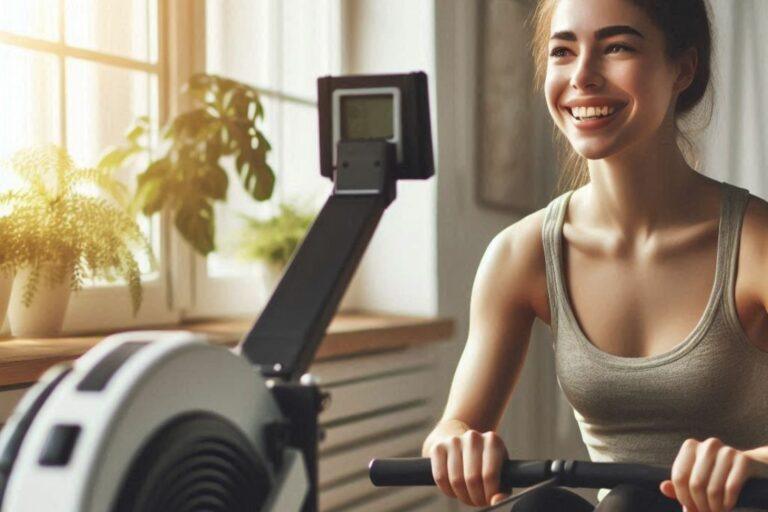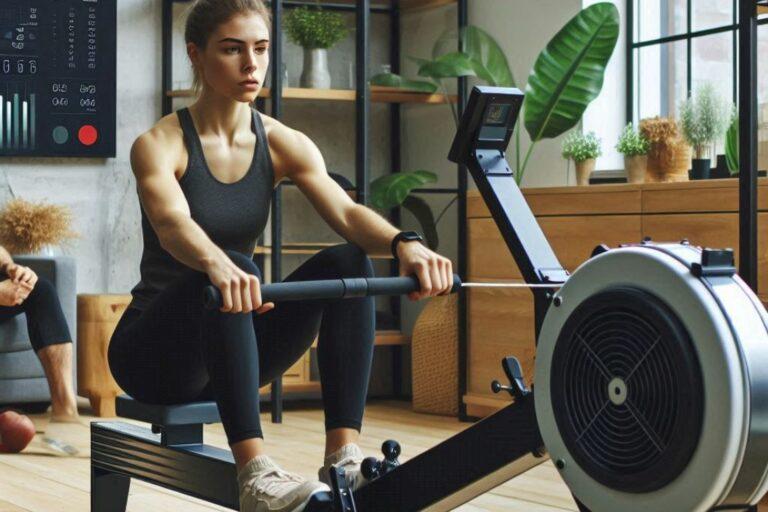Imagine sweating so profusely during your rowing workout that it’s difficult to maintain a firm grip on the handles.
Frustrating, right?
The challenge of staying cool and comfortable while rowing can significantly impact your workout experience and performance.
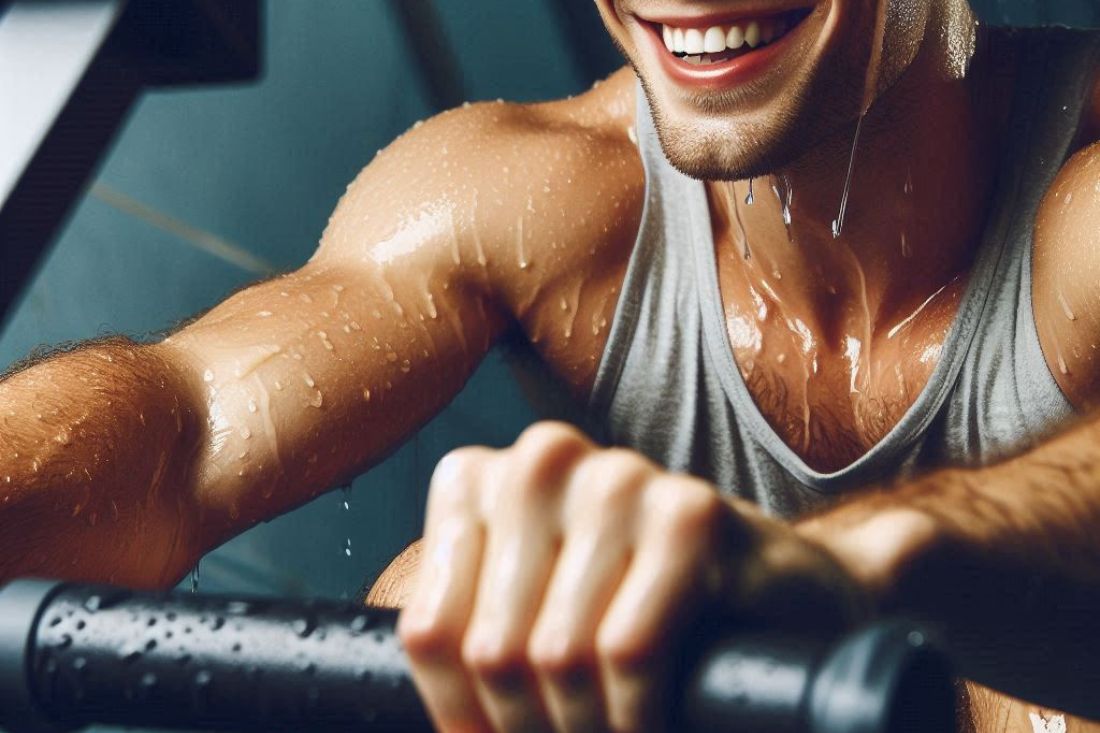
Excessive sweat can lead to discomfort, slippery handles, and even equipment damage.
In this blog post, we’ll provide you with effective strategies and solutions to help you manage sweat and enjoy a more enjoyable rowing session.
From hydration techniques and clothing choices to equipment modifications and workout strategies, we’ve got you covered.
Let’s dive in and discover how to stay cool, row hard, and achieve your fitness goals.
Understanding Sweat and Rowing
The Science of Sweat
Our bodies are remarkable machines designed to maintain a stable internal temperature.
When we exercise, our muscles generate heat as they contract.
To prevent overheating, our bodies activate sweat glands, which release sweat onto the skin.
As this sweat evaporates, it cools us down, maintaining a healthy body temperature.
The Impact of Sweat on Rowing
While sweat is essential for regulating body temperature, excessive sweating can present challenges during rowing workouts.
Here are some of the common issues:
- Slippery Handles: Excessive sweat can make the rowing machine handles slippery, compromising your grip and potentially leading to injuries.
- Discomfort: Sweat can cause discomfort and irritation, particularly in areas where it accumulates, such as the underarms and groin.
- Equipment Damage: Over time, excessive sweat can damage the upholstery and other components of your rowing machine.
To ensure a comfortable and effective rowing experience, it’s important to understand the science of sweat and implement strategies to manage its impact.
Effective Sweat Management Strategies
Hydration Techniques
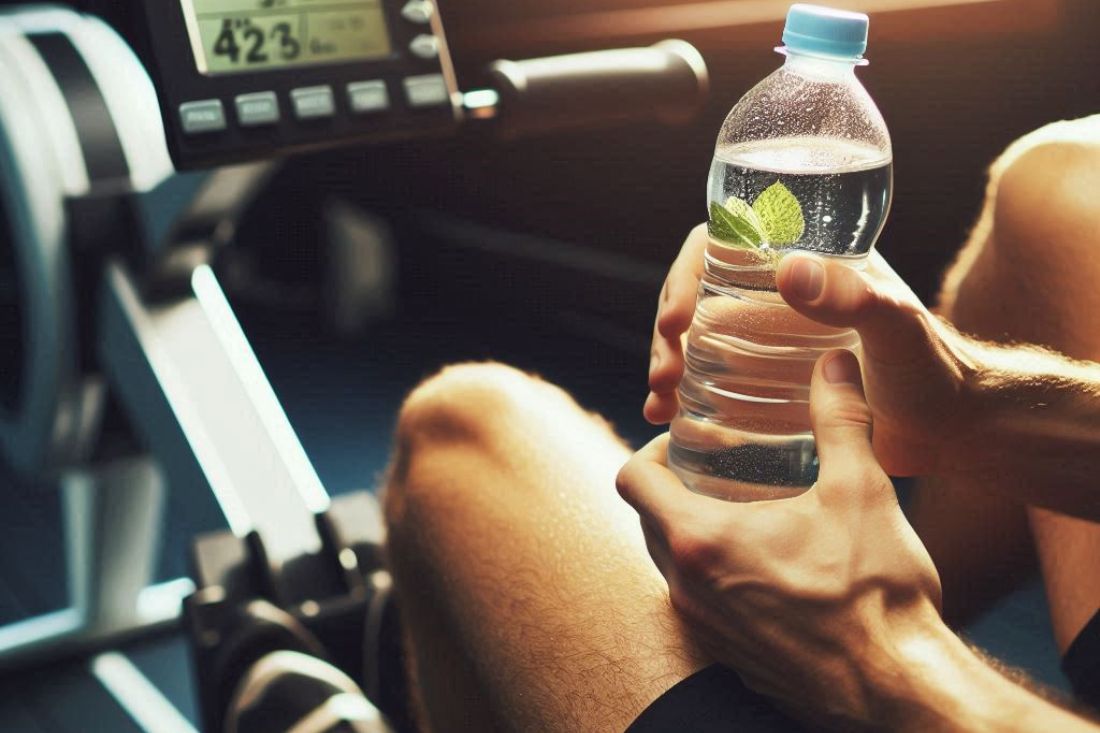
- Importance of Staying Hydrated: Proper hydration is crucial for maintaining optimal performance and preventing dehydration during workouts.
- Recommended Fluid Intake Guidelines: Aim to drink approximately 16-20 ounces of fluids two hours before your workout. During your workout, sip water or sports drinks every 15-20 minutes to replenish lost fluids.
- Choosing the Right Hydration Beverages: Water is a great option for most people. However, if your workouts are intense or prolonged, consider sports drinks containing electrolytes to replenish minerals lost through sweat.
Clothing Choices
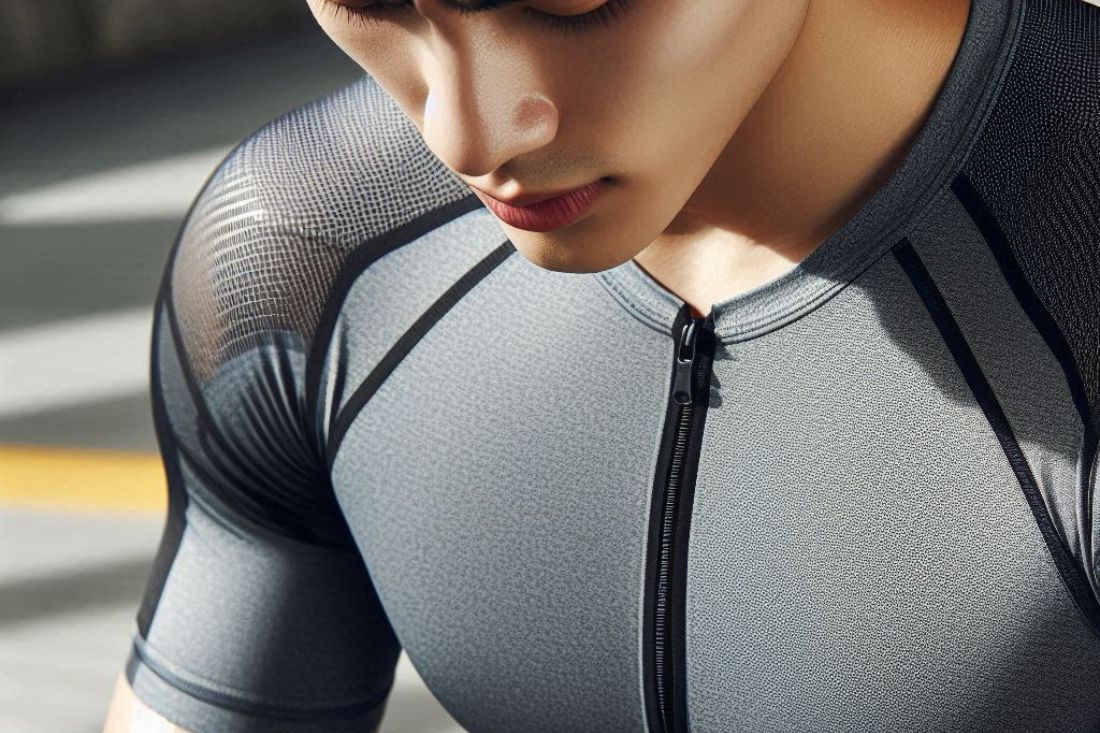
- The Role of Moisture-Wicking Fabrics: Moisture-wicking fabrics draw sweat away from your skin, helping to keep you cool and dry. Look for clothing made from materials like polyester, nylon, or merino wool.
- Selecting Appropriate Workout Attire: Opt for loose-fitting clothing that allows for maximum airflow. Avoid tight-fitting garments that can trap heat and moisture.
- Layering Options: For varying weather conditions, consider layering your clothing. This allows you to adjust your attire as needed to stay comfortable.
Equipment Modifications
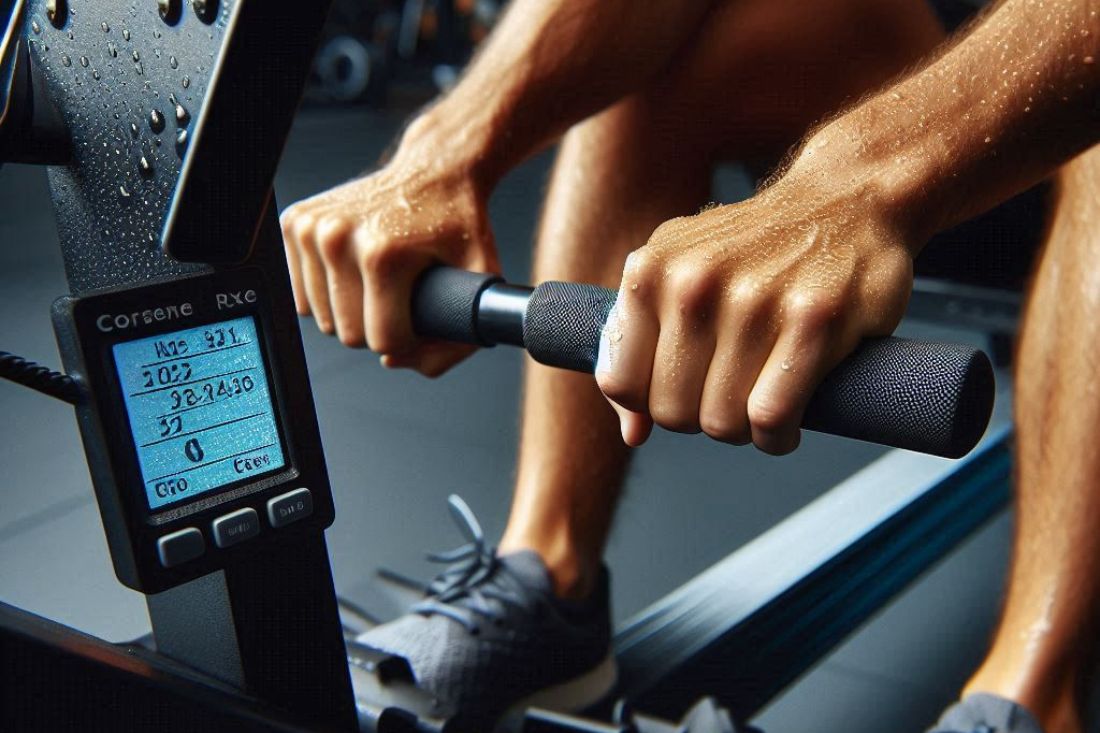
- Sweat-Resistant Rowing Machine Handles: Invest in sweat-resistant handles to improve your grip and reduce slippage.
- Custom Seat Covers: A custom seat cover can provide added comfort and help absorb sweat.
- Adjustable Fan Placement: Position a fan near your rowing machine to improve airflow and help you stay cool.
Workout Techniques
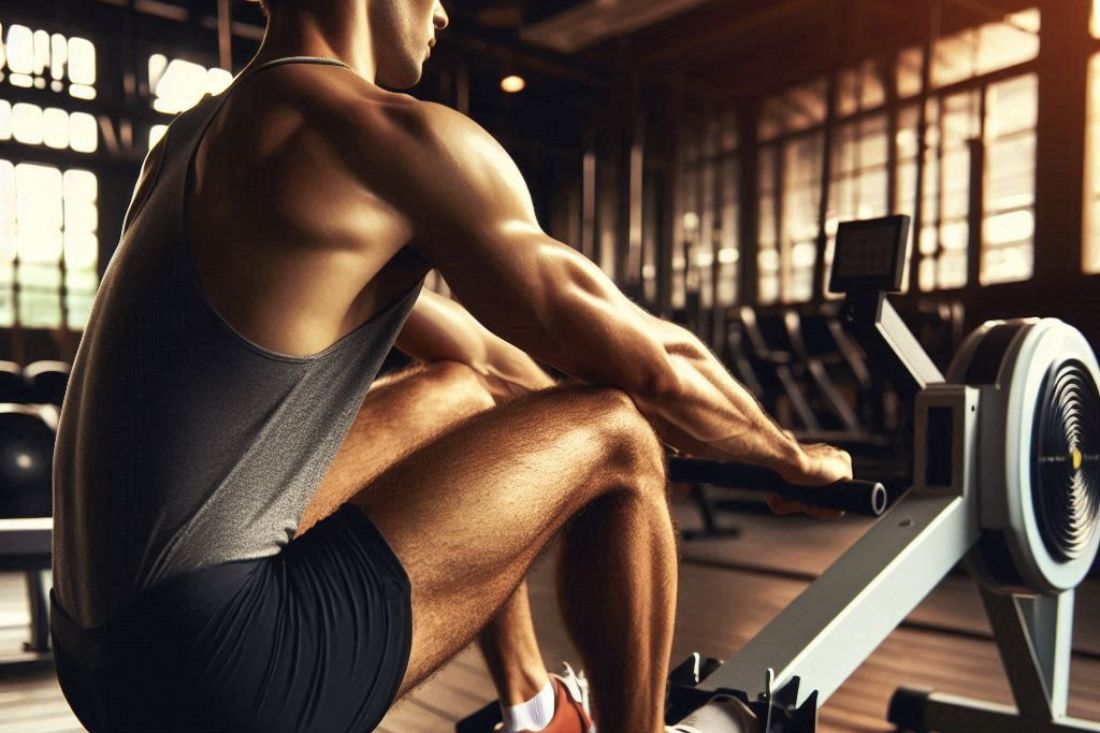
- Interval Training: Incorporate interval training to manage the intensity of your workout. This can help you avoid overheating and excessive sweating.
- Proper Rowing Form: Focus on maintaining proper rowing form to minimize exertion and reduce heat buildup.
- Incorporating Rest Breaks: Take short rest breaks throughout your workout to allow your body to recover and cool down.
Additional Tips and Tricks
Pre-Workout Routines
- Cooling Down: Before starting your workout, take a few minutes to cool down your body. This can help reduce sweat production during the initial stages of your exercise.
- Hydration: Ensure you are well-hydrated before beginning your workout. This will help your body regulate temperature more effectively.
Post-Workout Care
- Hygiene: After your workout, shower promptly to remove sweat and bacteria from your skin.
- Skin Maintenance: Use a gentle cleanser and moisturizer to soothe and hydrate your skin. Avoid harsh soaps or scrubbing, as this can irritate sensitive skin.
Home Remedies
- Natural Sweat-Reducing Techniques: While there is no scientific evidence to support the effectiveness of these methods, some people find relief from excessive sweating through:
- Apple Cider Vinegar: Diluted apple cider vinegar applied to the skin can help reduce sweat production.
- Witch Hazel: Witch hazel can be used as a toner to help control sweat and soothe irritated skin.
- Aloe Vera: Aloe vera gel can help soothe and hydrate the skin, reducing discomfort caused by excessive sweating.
Remember to consult with a healthcare professional if you have concerns about excessive sweating or underlying health conditions.
Key Takeaways
- Managing sweat during rowing workouts is essential for a comfortable and effective experience.
- Proper hydration is crucial for preventing dehydration and maintaining optimal performance.
- Choosing the right clothing, such as moisture-wicking fabrics, can help regulate body temperature.
- Equipment modifications, like sweat-resistant handles and adjustable fans, can improve comfort and reduce sweat.
- Workout techniques, such as interval training and proper form, can help manage sweat production.
- Pre-workout routines, post-workout care, and home remedies can provide additional support for sweat management.
By implementing these strategies, you can significantly reduce sweat production and enjoy a more comfortable and enjoyable rowing experience.
FAQs on Sweat Management and Rowing
Q: Is it normal to sweat excessively during a rowing workout?
A: Yes, it’s perfectly normal to sweat during a rowing workout. Rowing is a high-intensity exercise that can lead to increased sweat production.
Q: Can I prevent excessive sweating during rowing?
A: While you can’t completely prevent sweating, you can manage it effectively by following the strategies outlined in this blog post. These include staying hydrated, choosing the right clothing, modifying your equipment, and using proper workout techniques.
Q: Are there any health risks associated with excessive sweating during rowing?
A: Excessive sweating can lead to dehydration if not properly managed. Dehydration can cause fatigue, dizziness, and other health problems. It’s important to stay hydrated before, during, and after your workouts.
Q: Can I use antiperspirants to reduce sweat during rowing?
A: While antiperspirants can help reduce sweat production in other areas of the body, they may not be as effective for the underarms and groin, which are areas that tend to sweat heavily during rowing.
Q: Should I avoid rowing on hot days?
A: It’s generally advisable to avoid intense workouts on extremely hot days, as this can increase the risk of heat-related illnesses. If you must row on hot days, take extra precautions to stay hydrated and avoid overheating.
Testimonials
“I used to dread rowing workouts because of the excessive sweat. But after following the tips in this blog, I’ve noticed a significant improvement. I’m now able to focus on my form and enjoy my workouts without being constantly distracted by sweat.” – Sarah, a dedicated rower
“I’ve been struggling with sweaty hands during my rowing sessions. The recommendation to use sweat-resistant handles was a game-changer. I can now grip the handles securely and maintain a consistent rowing pace.” – David, a home gym enthusiast
“I was surprised how much a difference proper hydration made. By staying hydrated before, during, and after my workouts, I’ve noticed a decrease in sweat production and improved overall performance.” – Emily, a fitness blogger
“I’ve always had trouble finding the right workout clothes. This blog provided great advice on choosing moisture-wicking fabrics and layering options. I’m now much more comfortable and confident during my rowing sessions.” – Michael, a beginner rower
Credible Citations
Physiology of sweat gland function: The roles of sweating and sweat composition in human health. National Institutes of Health (NIH)(.gov)
Exercise under heat stress: thermoregulation, hydration, performance implications, and mitigation strategies. American Physiological Society Journal
Conclusion
Staying cool and comfortable during rowing workouts is essential for maximizing performance and enjoying a positive exercise experience.
By following the strategies outlined in this blog post, you can effectively manage sweat production and create a more enjoyable rowing environment.
Key takeaways include:
- The importance of proper hydration
- The benefits of choosing appropriate clothing and equipment
- The value of effective workout techniques
- The potential benefits of pre-workout routines, post-workout care, and home remedies
Remember, staying cool and comfortable during rowing workouts is not just about avoiding discomfort; it’s also about optimizing your performance and preventing potential health issues.
Start incorporating these tips into your next rowing session and experience the difference.
By taking proactive steps to manage sweat, you can unlock your full potential and enjoy a more rewarding rowing experience.

